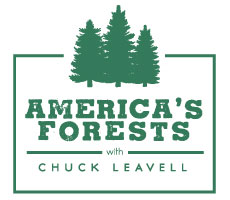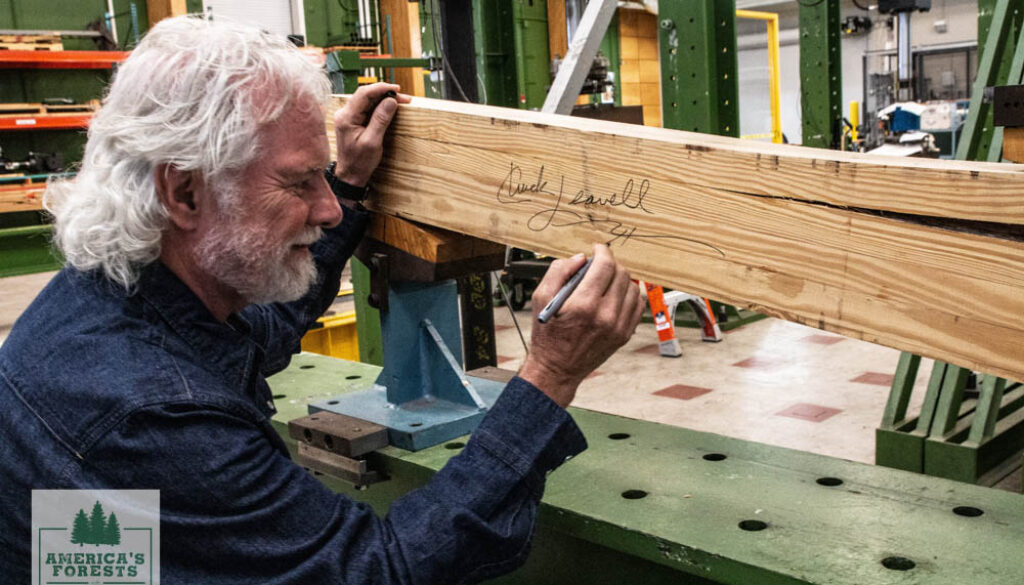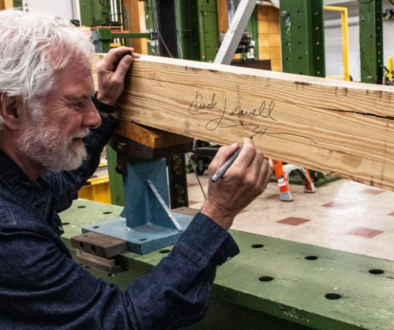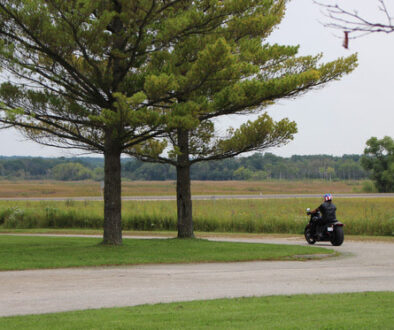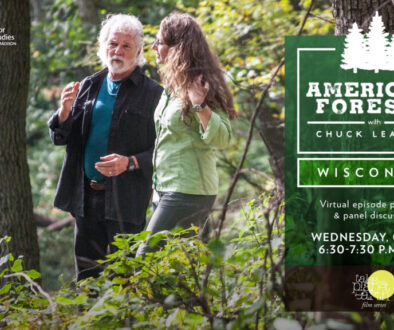Wisconsin Blog: Forest Products Lab
Wisconsin Behind the Scenes Blog Series: Forest Products Lab
Who doesn’t like to break things? The engineers at the USDA Forest Products Laboratory (FPL) in Madison certainly do. The Forest Products Lab is a federal institution that does all kinds of research on wood products: building materials, nanotechnology, advanced identification methods, and innovative structures. In the lab, building materials are put under extreme stress– and not the kind that makes our director Kate Raisz’s hair go gray!
Chuck and the crew met Dwight McDonald, who is an engineering technician at the lab. Chuck helped Dwight set up two different stress tests: a bending test and tension test. We waited with baited breath and cameras on slow-mo, as the massive hydraulic machine pulled harder and harder on the two ends of the wood. Finally, with a loud bang, the wood ripped apart!
Photo Credit: James Edward Mills
Engineers at the Forest Products Lab need to know how much physical stress their materials can take, so they can make recommendations to the public about what kinds of wood products to use. Mass timber products, like CLT (cross-laminated timber) and glulam (glued-laminated timber) is becoming more and more mainstream in commercial and residential construction efforts, and contractors and consumers need to know that these new materials can withstand hurricanes, earthquakes, and even fire.
We couldn’t get enough of this cool wood tech. The crew went back to the Forest Products Lab to explore other departments. First up, the Center for Wood Anatomy Research (CWAR). We walked into a literal library of wood– over 103,000 samples! Curious artifacts were sitting on every surface, carefully labeled and categorized. Aisles of small drawers full of more wood samples made us feel like we were in a sacred archive.
Alex Weidenhoeft of the CWAR has dedicated his career (since being an intern at age 18!) to the study and identification of different tree species. He and his associates have developed a portable microscopic camera and accompanying software to identify wood. The “Xylotron” is a hand-held device that takes a super close-up photo of the wood grain. Based on certain patterns of fibers and air pockets, the software can identify over 150 types of neotropical wood more accurately than a trained professional. Eventually, Alex hopes that border agents will use this technology to identify wood that has been illegally logged.
From the small, cozy wood anatomy lab, we went to the massive, industrial Nanotechnology Pilot Plant, where scientists explore wood properties at an anatomic level. Nanotechnology is the study of materials at the “nanoscale”– 80,000 times thinner than a human hair! Researcher Rick Reiner showed us the process for making nanocellulose: using acid to break down paper into a solution of nanocellulose particles.
When you break wood down to the molecular level, it can be used as a sustainable alternative to a lot of plastics and metals. Rick told us that the FPL is experimenting with creating packaging out of nanocellulose, to combat our plastic use. Nanocellulose can even be mixed with concrete to make more sustainable and stronger building materials.
The Forest Products Lab is a like a playground for wood experts, and we were excited to hear about all their innovative research– right in the heart of Madison, Wisconsin!
Sources/further reading:
https://www.fs.fed.us/inside-fs/delivering-mission/apply/stopping-illegal-wood-imports-us-ports
https://www.fpl.fs.fed.us/research/highlights/highlight.php?high_id=585
https://www.fpl.fs.fed.us/documnts/pdf2011/fpl_2011_hermanson001.pdf
https://www.fpl.fs.fed.us/research/research_emphasis_areas/introduction.php?rea_id=4
Special thanks to Rebecca Wallace and Brian Brashaw for coordinating our days at the FPL!
